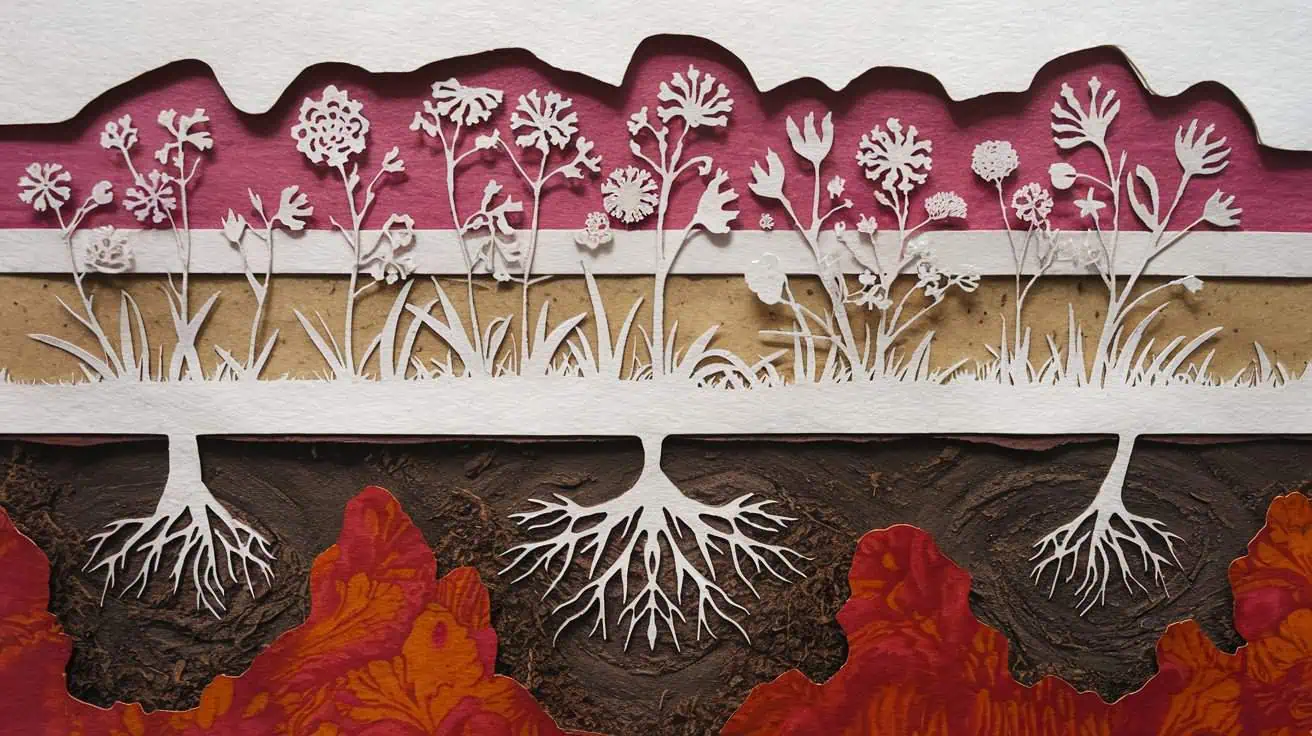I remember sitting in my car one evening, everything in my life seemingly perfect on paper, yet feeling an overwhelming wave of sadness wash over me. “Why am I so unhappy? ” I whispered to myself, the question hanging heavy in the air. If you’re reading this, chances are you’ve asked yourself the same question. It was as if I had everything I ever wanted—a stable job, supportive friends, and a cozy home—but still, an invisible weight pressed down on my chest. I realized that beneath the surface of my supposedly perfect life lay an unshakeable sense of discontent, understanding constant feelings of guilt for not being grateful enough for what I had. In that moment, I knew I needed to dig deeper to unravel the tangled emotions that were holding me hostage.
It’s a peculiar kind of pain, isn’t it? Feeling deeply unhappy when there’s no obvious reason to be. Sometimes it feels like wearing a lead jacket while trying to swim – everything is harder than it should be, yet you can’t explain why.
In this post, we’ll explore the hidden nature of unhappiness, understand its deeper roots, and most importantly, find practical ways to move toward genuine joy. Not the Instagram-perfect kind, but the real, sustainable kind that withstands life’s ups and downs.
The Hidden Nature of Unhappiness
Here’s something that took me years to understand: unhappiness isn’t always about what’s wrong in our lives. Sometimes it’s about what’s missing, even when we can’t quite name it.
Think of happiness like a garden. You might have good soil (stable life circumstances) and plenty of sunlight (external success), but if certain essential nutrients are missing, nothing will grow quite right. These missing nutrients could be meaningful connections, personal growth, or a sense of purpose.
The tricky part? Our brain often misreads these deficiencies. It’s like feeling hungry but not knowing what you’re craving, so nothing you eat seems to satisfy.
Understanding Your Unhappiness
Persistent unhappiness often speaks in code. Like a friend of mine who thought she was unhappy with her job, only to realize she was actually grieving the loss of her creative pursuits from years ago. Sometimes, what we perceive as dissatisfaction in one area of life is merely a reflection of deeper wounds that we have yet to acknowledge. As she navigated her feelings, she recognized the importance of nurturing hope in difficult times, allowing her to reconnect with her passions and redefine her sense of fulfillment. Embracing this journey not only illuminated her path forward but also transformed her understanding of happiness itself. This realization sparked a profound shift in her perspective. She began to explore the activities that once brought her joy, allowing herself the space to dream and create anew. By nurturing hope in difficult times, she found the strength to pursue her artistic endeavors once more, recognizing that true happiness often resides in the courage to confront one’s own heart and rekindle lost passions. As she delved deeper into her emotions, she discovered that finding hope in difficult times was not just about seeking temporary pleasures but about fostering a meaningful relationship with her own aspirations. This shift in perspective empowered her to take small, intentional steps toward rekindling her creativity, urging her to explore new avenues of expression. Ultimately, she learned that true happiness arises not from external circumstances, but from an inner resilience that allows us to cherish our unique journeys, even in the face of adversity.
Sometimes what we call unhappiness is really depression in disguise. The signs can be subtle – changes in sleep patterns, loss of interest in activities, or a persistent feeling of emptiness. It’s like having your internal dimmer switch stuck at half-brightness.
Our emotions also carry messages from our past. That feeling of “nothing is ever enough” might be an echo of old wounds or unmet needs, playing on repeat in the background of our lives.
Finding Your Way Back to Joy
The path back to joy isn’t usually a straight line. It’s more like following a constellation – you need to connect multiple points to see the full picture.
Start with small experiments in living differently. Maybe it’s taking a different route to work, having lunch without your phone, or spending ten minutes in nature. These aren’t just activities; they’re ways to break the patterns that keep us stuck.
One practice that transformed my perspective was keeping a “joy journal” – not to record what made me happy, but to track what made me feel alive. There’s a crucial difference. Happiness can be passive, but aliveness requires engagement.
When to Seek Help
Sometimes we need a guide for the journey. Seeking professional help isn’t admitting defeat – it’s making a bold choice to understand yourself better. Think of it like hiring a skilled navigator when you’re exploring unfamiliar territory. With the right guidance, you can gain clarity on your goals and aspirations, ultimately leading you to a pathway that resonates with your true self. This journey can be transformative, revealing insights that help you in finding your life’s work, allowing you to pursue a fulfilling and purposeful existence. Embracing this journey can turn challenges into opportunities for personal growth and self-discovery.
I resisted therapy for years, thinking I should be able to figure it out myself. Now I realize that was like refusing to use a map because I thought I should intuitively know every street in a new city.
There’s no shame in reaching out. In fact, it often takes more courage to ask for help than to continue struggling alone.
The most important thing to remember is this: your unhappiness is not a character flaw. It’s not a sign of weakness or failure. It’s a signal from your inner self that something needs attention.
Your journey back to joy might not look like anyone else’s, and that’s okay. The goal isn’t to eliminate all unhappiness – that’s not realistic or even desirable. The goal is to build a life where joy has room to grow, even if it starts with just a tiny crack in the concrete.
What small step could you take today to create that crack? Sometimes the smallest actions – reaching out to a friend, scheduling a therapy consultation, or simply acknowledging your feelings without judgment – can be the beginning of profound change.
You’re not alone in this. The very fact that you’re reading this means part of you is ready for something different. Trust that part of yourself. It knows the way home.


